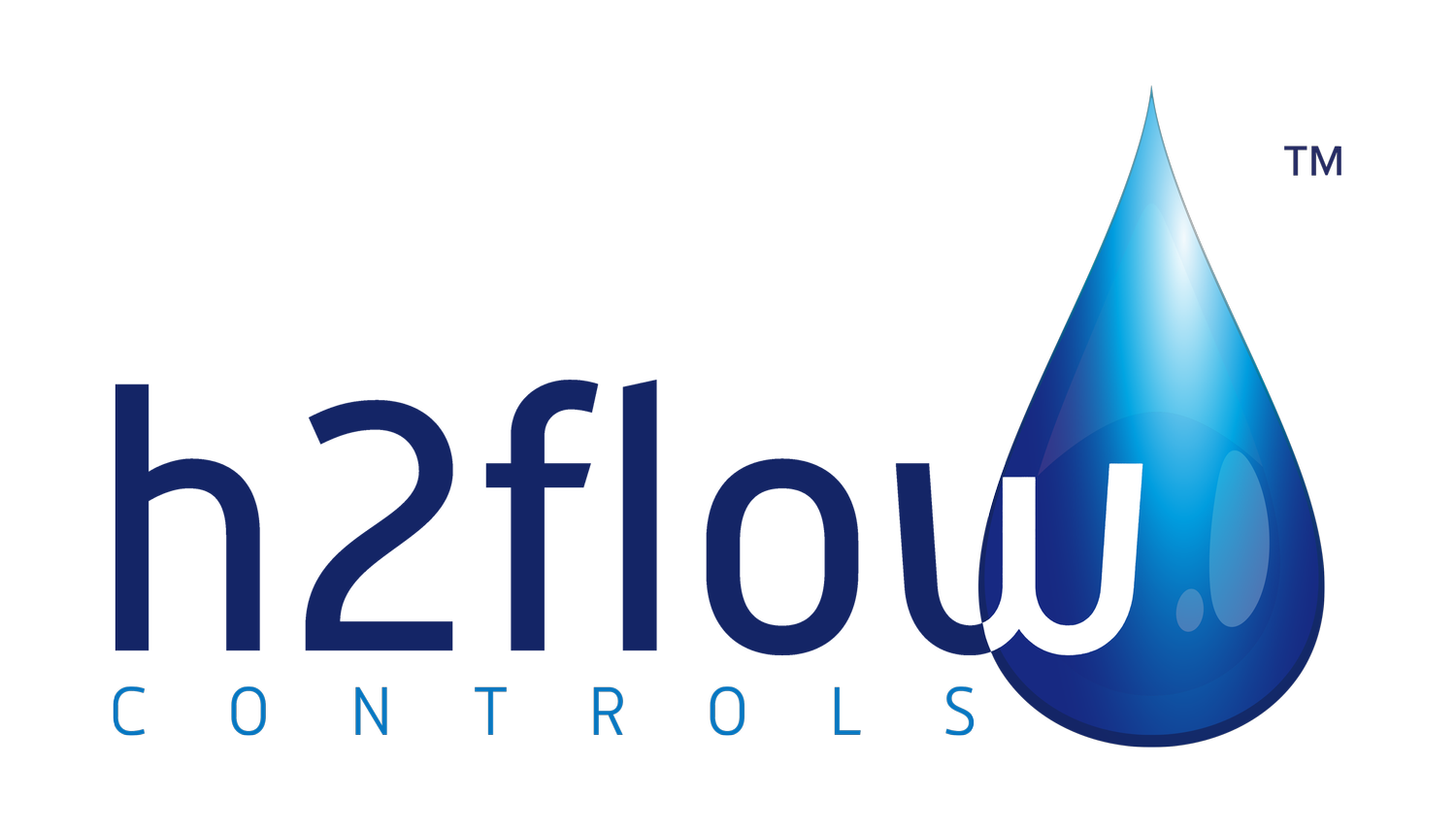project robin hood multifoods
Robin Hood Multifoods located in Port Colbourne was looking for a solution to a reoccurring problem that they were experiencing.
the process
At Robin Hood Multifoods Port Colbourne location, the grain is transferred from the lower level of the plant to the top of the silos through five inch pipes. The grain is blown one hundred feet vertically and sixty feed horizontally using a positive pressure blower to force the grain through the pipes. There are four individual pipes used to transfer the grain.
the problem
Due to the different types of grain being processed and the changing moisture levels in the pipes, the grain would clog in the pipes causing the motor to overload and trip. The grain would have to be removed from the pipes by opening a section of the pipe and letting the grain spill out onto the floor. This meant hours of clean up and downtime, hours of lost production and large amounts of lost grain. This was a major problem for the plant that would occur as often as once every couple of days.
the solution
Many different options had been explored by Electrical Lead Hand, Dave Fabi. Various types of meters and custom flow sensors had been explored, by Mr. Fabi was hesitant due to high cost and the lack of a guarantee that any of these would solve the problem. Mr. Fabi was introduced to the Emotron M20 load monitor as yet another option for him to consider. The M20 is the only product that monitors the actual output shaft horsepower of the motor. This meant that a small change in the load due to the start of a choke could be detected early enough to prevent a choke. Mr. Fabi was still unsure that this technology would provide the solution that he was looking for. He was given an M20 on a loaner basis for him to install on the most problematic pipe to try to see if it solved the choking problem. The M20 was set so that when a five percent change in load was detected, the grain feed into the pipe was shut off to allow the existing grain in the pipe to be cleared. A timer in the PLC was used to reintroduce the grain into the pipe after the pipe was clear. A counter was also installed to count the number of times the M20 shut the feed off to prevent a choke. Over the first weekend after the M20 was installed, there had been no chokes and the counter recorded over 200 possible chokes that the M20 had prevented with no loss in ouput production! Over the next couple of weeks, no chokes occurred and Mr. Fabi was convinced. Three more units were installed on the other pipes and after two months of operating with the M20’s installed, there have been no clogs in the grain pipes.
The Port Colborne plant has a number of other applications where they are considering using the Emotron M20.
The information about the Emotron M20 was passed up in the company to the production team. They are passing the information along to the Saskatchewan and Quebec plants due to the success at the Port Colbourne location.


